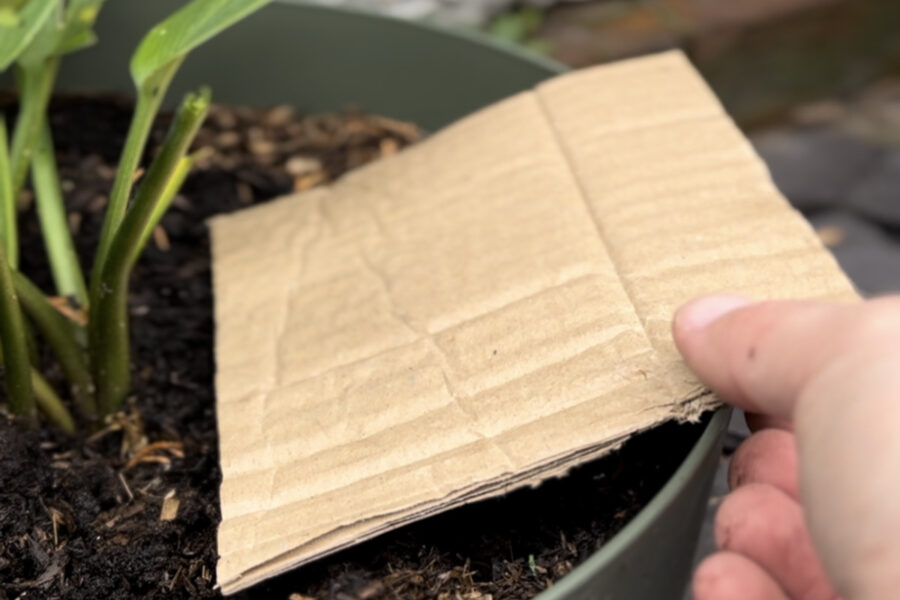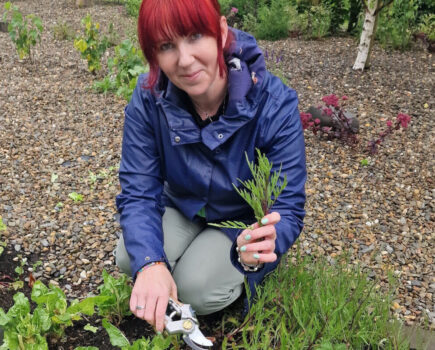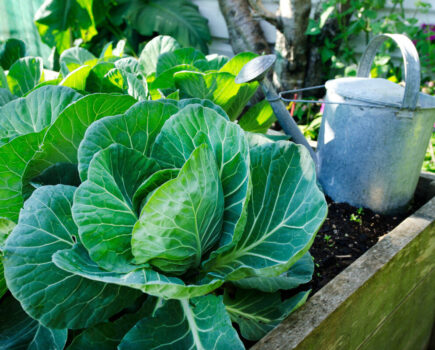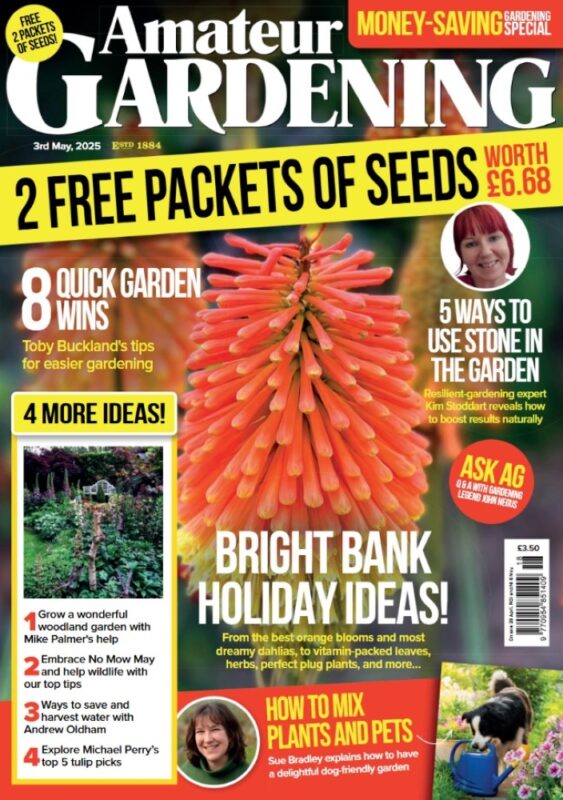Keen amateur gardener Adam Kirtland explains how he makes the best use of all that cardboard from Christmas present packaging
There are a few resources that we as gardeners rather revere as being sacred. Compost is certainly one of those, I think you’ll agree, a good water source is a must, but one of the best-kept secrets (though many of you will already be in the know) are the many uses of cardboard within our gardens, allotments and growing spaces.
It’s long been known by many gardeners, particularly those who opt into the no-dig method, that cardboard can be used as an effective weed suppressant when creating new beds and borders. Simply spread it on the ground, either on grass or on a particularly weedy section of earth, add your compost or mulch of choice and nature will do the rest.
The cardboard will block out light to the weeds, thus killing them off, and you can begin planting straight away. But that isn’t the limit to cardboard’s powers by any means!
Always remember, however, to make sure you remove all staples, tapes and labels before using cardboard in the garden as these won’t biodegrade quickly, if at all.
Making mulch

Similarly to the idea of laying your cardboard down flat on the ground and adding compost over the top to create a new border or bed, you can also just use the cardboard on its own as a natural mulch for beds. Simply cut long strips, 2-5cm (1-2in) wide and then cut these strips into small squares of roughly the same size. Once cut up, you can simply scatter them on the top of pots, containers, raised beds and the ground too. Give them a good long water to soak into the cardboard deeply, which will help them to rot down and also makes them heavier to stop them blowing away.
Create a weed collar

Another nifty way of mulching is by creating a weed collar for your round pots. Draw around a pot on some cardboard and then cut out that circle and a slit from one edge into the centre of the pot to give yourself a shape that is reminiscent of a pie with a slice cut out of it.
Slide this around your plant stem or around a tree trunk and then cover it with the mulch of your choice, be it leaves or compost. Again, you can cut through this and plant on it straight away.
A crafty slug trap

This is a great idea because, to put it simply, slugs love cardboard! So why not lean into that and make yourself an exceptionally straightforward slug ‘trap’ with an offcut of cardboard? Lay a small piece on the ground near to plants that you wish to protect, such as hostas, for instance, – and leave it overnight.

Come back the next day and lift the cardboard up and you’ll be surprised just how many slugs have made it their home, making for easy removal.
Find more tips, advice and articles like this at the Amateur Gardening website. Subscribe to Amateur Gardening magazine now





